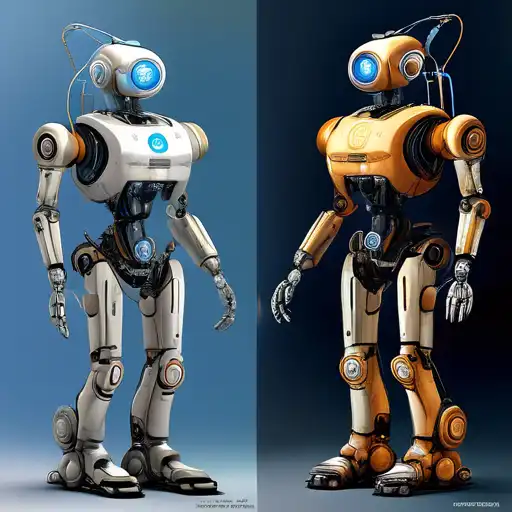Introduction to Robotics in Modern Technology
Robotics has emerged as a pivotal force in the evolution of technology, driving innovations that were once considered the realm of science fiction. From manufacturing floors to the depths of space, robots are transforming industries and redefining the boundaries of what's possible. This article delves into the current state of robotics, its applications, and the future it promises.
The Current Landscape of Robotics
Today, robotics encompasses a wide range of technologies, including artificial intelligence (AI), machine learning, and advanced sensors. These components work in harmony to create machines capable of performing complex tasks with precision and efficiency. Industries such as healthcare, agriculture, and logistics are already reaping the benefits of robotic automation.
Applications of Robotics Across Industries
Robotics is not limited to a single sector. Its applications are vast and varied:
- Healthcare: Surgical robots assist in performing precise operations, reducing recovery times and improving outcomes.
- Agriculture: Autonomous tractors and harvesters are revolutionizing farming practices, increasing productivity while reducing labor costs.
- Logistics: Warehouses are increasingly relying on robots for sorting, packing, and transporting goods, streamlining operations.
- Space Exploration: Robots like the Mars rovers are our eyes and hands on distant planets, conducting experiments and sending back valuable data.
The Future of Robotics
The potential of robotics is boundless. With advancements in AI and machine learning, future robots will be more autonomous, capable of learning from their environments and making decisions. This will open up new possibilities in areas such as disaster response, where robots can navigate hazardous environments, and personal assistance, offering support to the elderly and disabled.
Challenges and Considerations
Despite its promise, the rise of robotics presents challenges, including ethical considerations and the impact on employment. It's crucial to address these issues head-on, ensuring that the benefits of robotics are accessible to all while mitigating potential downsides.
Conclusion
Robotics stands at the forefront of technological innovation, offering solutions to some of the world's most pressing challenges. As we continue to explore its potential, it's clear that robotics will play a central role in shaping the future of technology and society. For more insights into the latest technological trends, check out our technology trends section.
